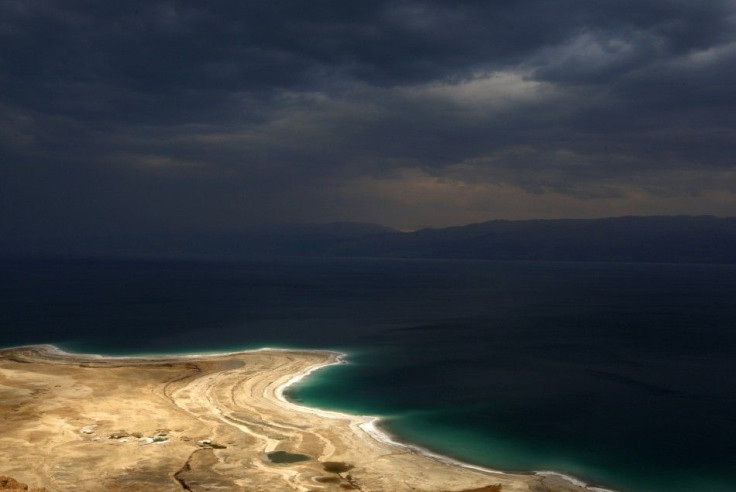Saving Dying Dead Sea Through Water Conveyance Could Destroy Major Archaeological Sites

A proposed project to transfer Red Sea waters into the Dead Sea through tunnels or buried pipelines to control the fast-shrinking lake could pose a threat to major archaeological sites, a new World Bank report reveals.
The World Bank-led “Red Sea - Dead Sea Water Conveyance Study Program,” involving Jordan, Israel and the Palestinian Authority to analyze the probable impact of the project on the environment and society, has identified several archaeological sites within Arabah in the Jordan Rift Valley that could be destroyed in the due course of constructions associated with the project.
“A conveyance project would pose environmental and social impacts, mostly during construction,” according to the recent update on the study program.
The Dead Sea is the lowest spot on Earth and its famously buoyant water is ten times more saline than the ocean. It borders Jordan to the east and Israel and West Bank to the west. The high levels of salinity in this salt lake do not let marine life flourish in it.
Research has shown that Dead Sea water level has fallen over 25 meters in less than 50 years. It continues to shrink rapidly at a rate of one meter every year and may disappear before the end of this century. The water conveyance project aims at restoring the lake that’s also a tourist paradise.
Though the feasibility study of transferring water from the Red Sea to the Dead Sea as a means to arrest the rapidly declining water level of the Dead Sea has not come to a concrete conclusion, the World Bank drew a few preliminary conclusions about the project last month concerning the potential impact on the mixing of the Red Sea and Dead Sea waters.
“Mixing sea water and/or desalination brine with the Dead Sea water entails risks, and especially when the amounts exceed 300 million cubic meters per year.”
The declining water level of the Dead Sea has many intangible consequences than previously thought, for the site holds immense historic, cultural, economic and environmental importance. Researchers say some of these consequences may become irreversible.
Diversion of water of the Jordan River, the major source of water for Dead Sea, in the recent decades has led to shrinkage of the “salt sea.” To avoid potential hazards from the conveyance project, the study program also suggests some alternatives to save the Dead Sea.
“This sea water conveyance from the Red Sea is the identified option to address the problem under the Study Program, but there are many other options examined under the Study of Alternatives, including the option to restore the Jordan River and of course the option to take no action. The Study Program has most definitely not assumed that the best solution to the Dead Sea problems is the conveyance of sea water from the Red Sea.”
© Copyright IBTimes 2024. All rights reserved.





















